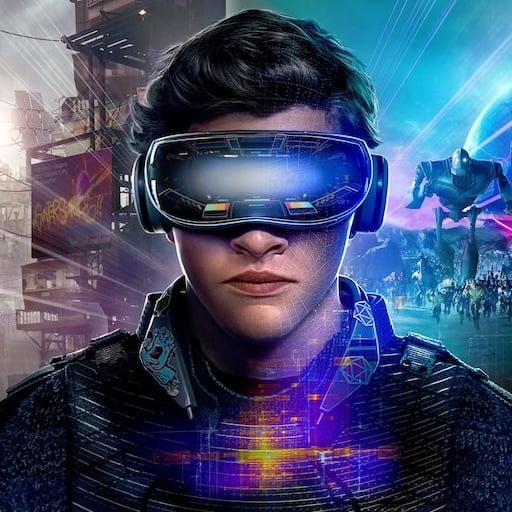- cross-posted to:
- [email protected]
- [email protected]
- cross-posted to:
- [email protected]
- [email protected]
Headset Tech Specs*
General
Processor
4 nm Snapdragon® 8 Gen 3 Architecture: ARM64
RAM
16GB Unified LPDDR5X RAM
Storage
256GB / 1TB UFS storage options
microSD card slot for expanded storage
Power
Rechargeable 21.6 Wh Li-ion battery
One USB-C 2.0 port in the rear, for charging and data
Charge with USB-C, 45W
Modular Headstrap
Headstrap includes integrated dual audio drivers and and rechargeable battery on rear. Headstrap weight: 245g
Core module can be separated from headstrap, for other headstrap solutions.
Display and Optics
Display
2160 x 2160 LCD (per eye)
72-144Hz refresh rate (144Hz experimental)
Optics
Custom pancake lenses Glass and non-glass optical elements Large FOV (up to 110 degrees)
IPD target range
60mm - 70mm
Eye glasses max width
140mm
Cameras and Tracking
Tracking
Inside-out camera based tracking
Cameras
4x outward facing monochrome cameras for controller and headset tracking
2x interior cameras for eye tracking and foveated streaming
Passthrough
Monochrome passthrough via outward facing cameras
Low-light support
IR illuminators for tracking and passthrough in dark environments
Expansion
User accessible front expansion port
Dual high speed camera interface (8 lanes @ 2.5Gbps MIPI) / PCIe Gen 4 interface (1-lane)
Connectivity
Wi-Fi
Wi-Fi 7, 2x2
Dual radios enable concurrent 5Ghz Wi-Fi and 6Ghz VR streaming
Wireless Adapter
Wireless adapter included in the box
Wi-Fi 6E (6GHz)
Provides direct, low-latency link between headset and PC
Bluetooth
Bluetooth 5.3
Audio
Speakers
Dual speaker drivers per ear, integrated into headstrap
Microphone
Dual microphone array
Size and Weight
Size
175mm x 95mm x 110mm (core module + facial interface)
Weight
440 g - core module + headstrap
185 g - core module
Software
Operating System
SteamOS 3 (Arch-based)
Desktop
KDE Plasma


The most important question is about tivoisation and other limits. Meta’s Quest, for example, is a pain in the ass, even in the matter of file access.
Considering it’s stated to run SteamOS, I think this is destined to be considerably less limited than other all-in-one devices. We won’t know for sure until we have it in our grubby little hands, of course, but I’m remaining cautiously optimistic.
For my own personal use case, I kind of don’t care. As long as I can use it in perpetuity as a competent PCVR headset tethered to my exiting fire-breathing PC, wireless or otherwise, I’m good. I think a much better metric will be whether or not this magically becomes a useless brick the instant its backing company loses interest in it and rugpulls all the existing users, like the WMR headsets. Or the first gen Vive Focus or whatever it was called. Or the Quest 2 any day now. Etc., etc. I think Valve has (or will have, hopefully) a better track record than most in that regard.
Theyre describing it as a small linux PC, which makes me hopeful. And given that its running SteamOS, I imagine it will be a very similar experience to the steam deck, with a streamlined main interface all in steam but the option to dive in deeper and customize the OS more.
This is really the best news announced today: Native Linux on the Steam Frame (and not Android)! The open-source x86 on ARM emus are good enough for gaming, so that should be fine for legacy VR titles.
WMR headsets can still be used, though admittedly requiring third party software.
I’m not concerned about the core OS. The driver situation is moderately uncertain (a whole lot of components that could have open source drivers, but which ALL need to be configured just right to work well). It’s certain stuff on top, especially Steam Input for handling inputs, which I’m concerned about. Removing all proprietary code would probably leave it usable but very inconvenient to use.